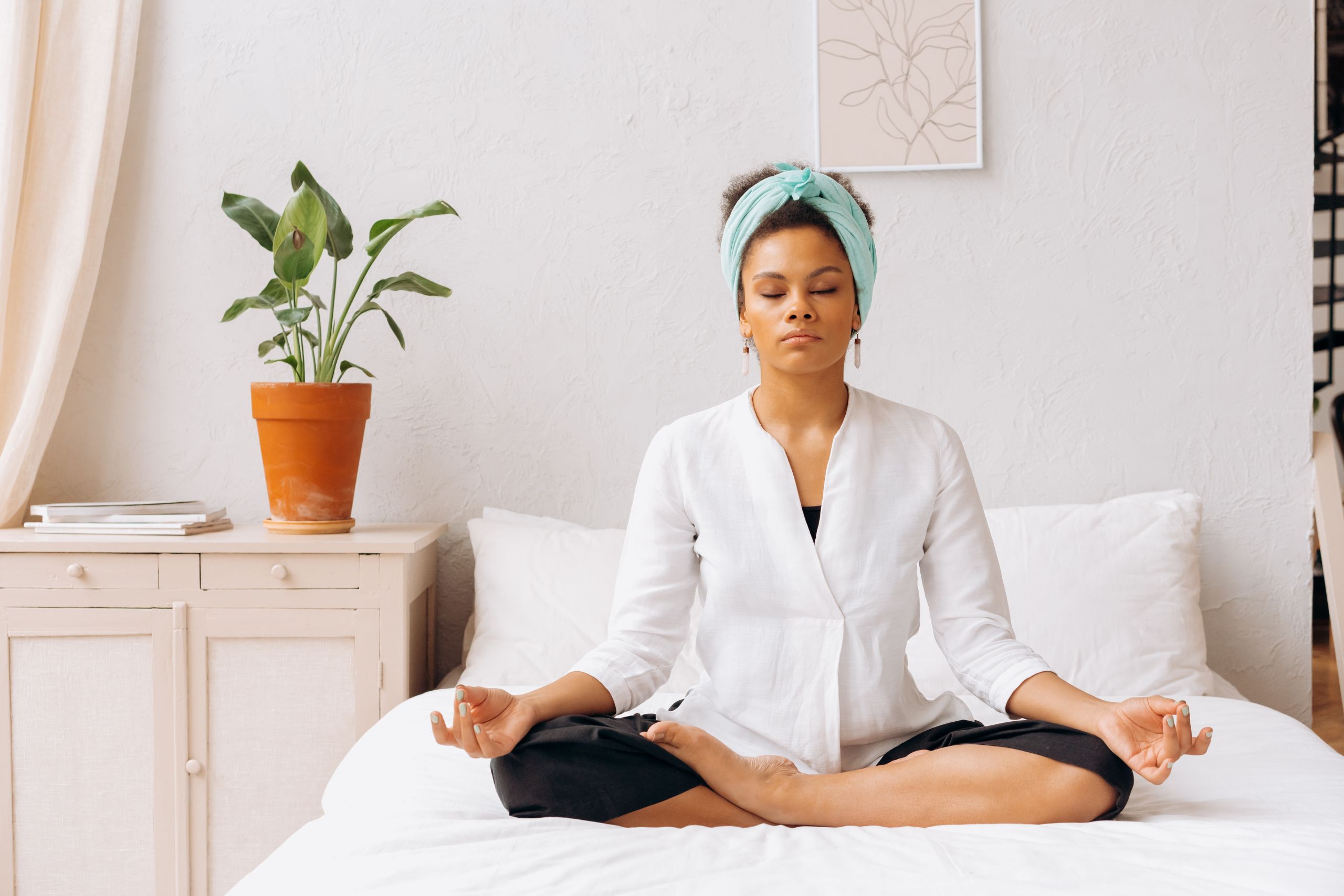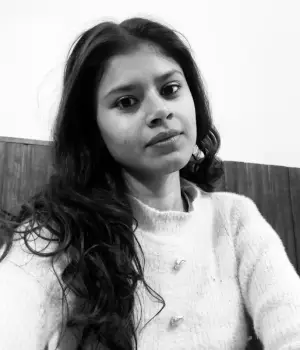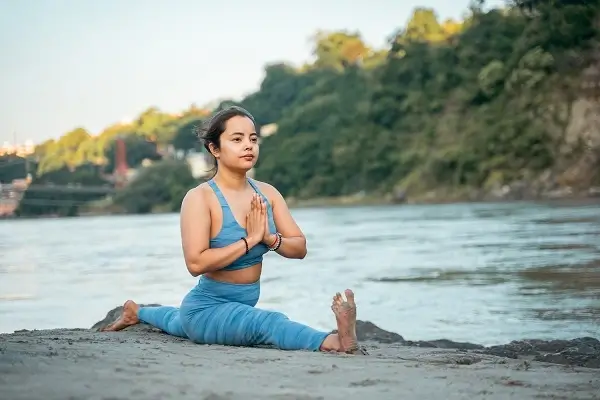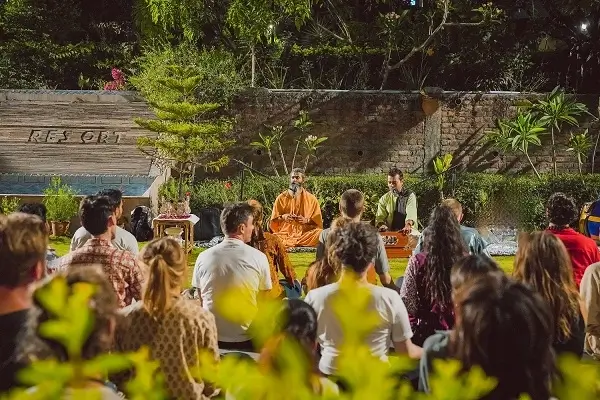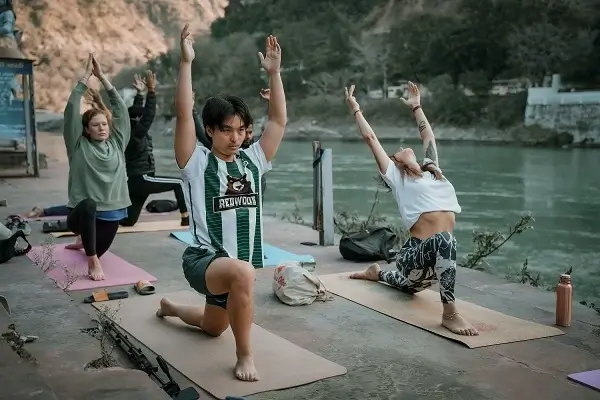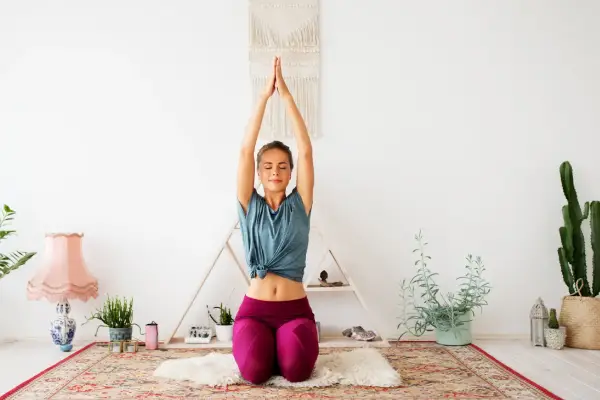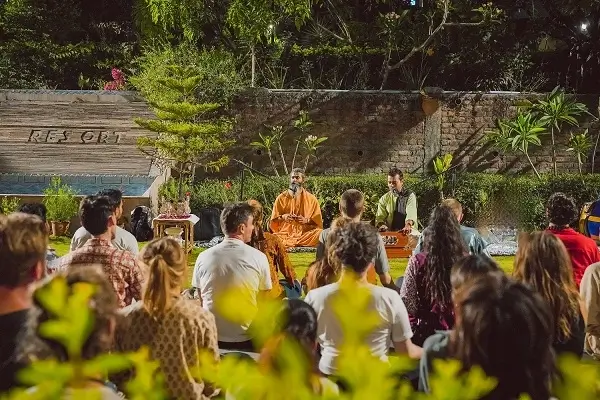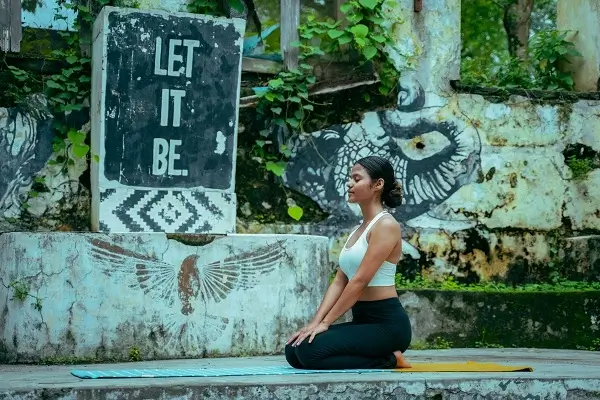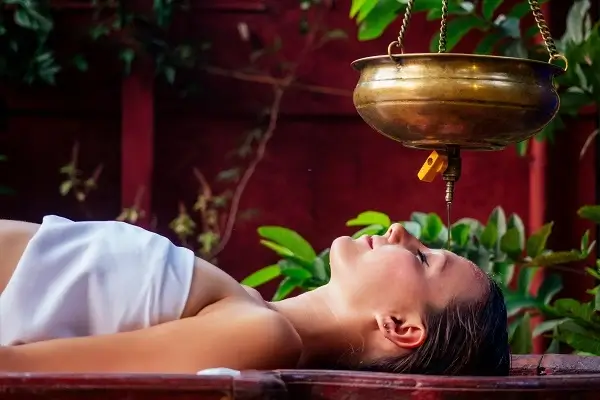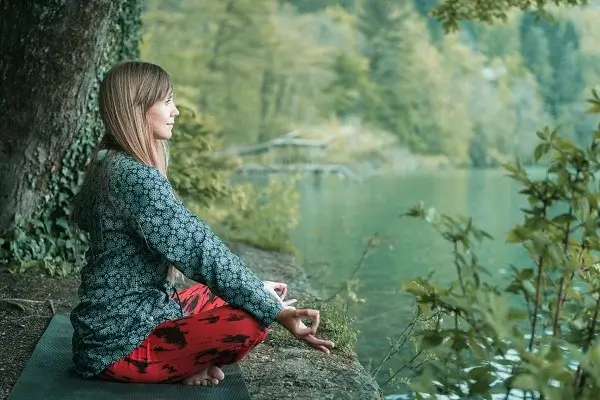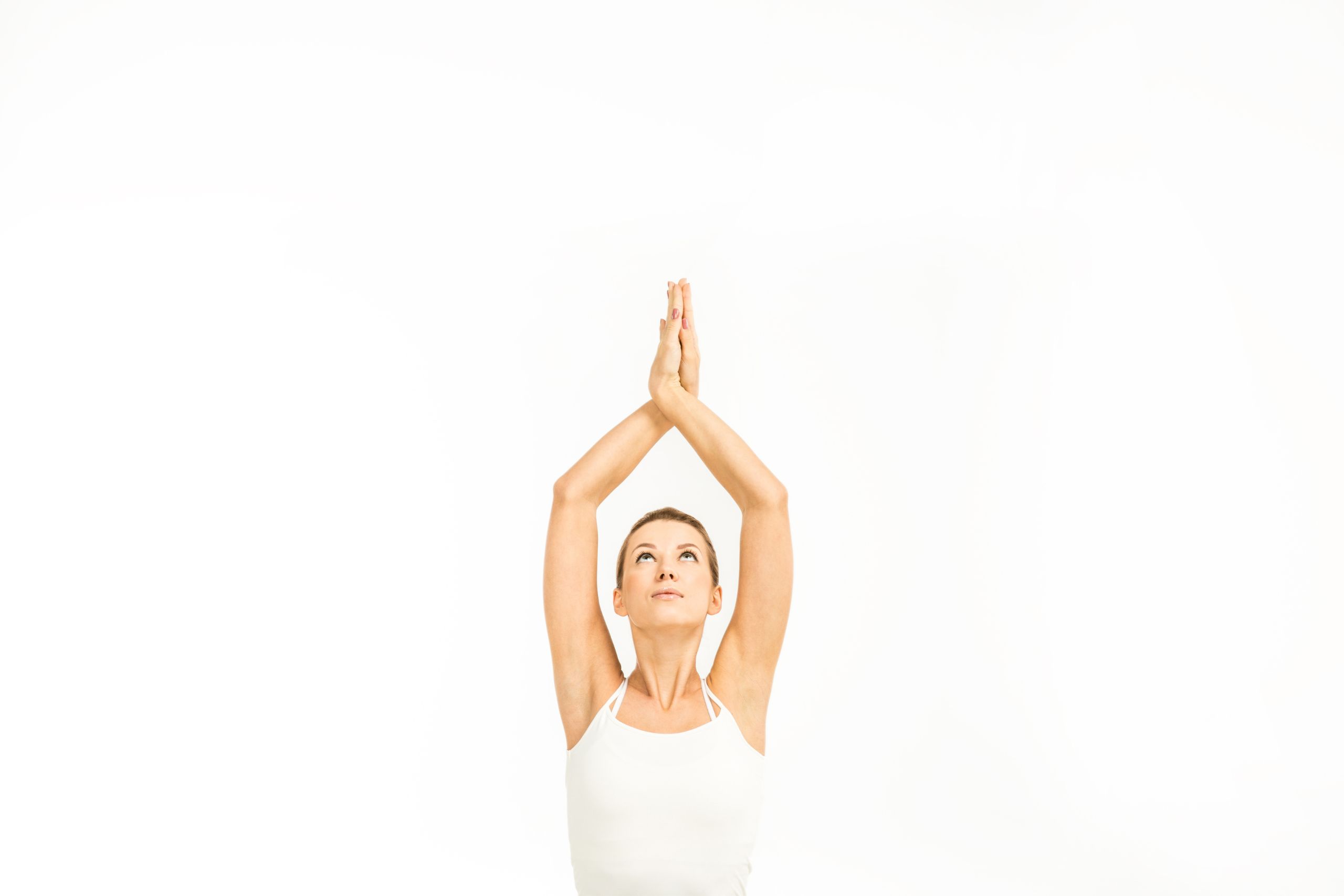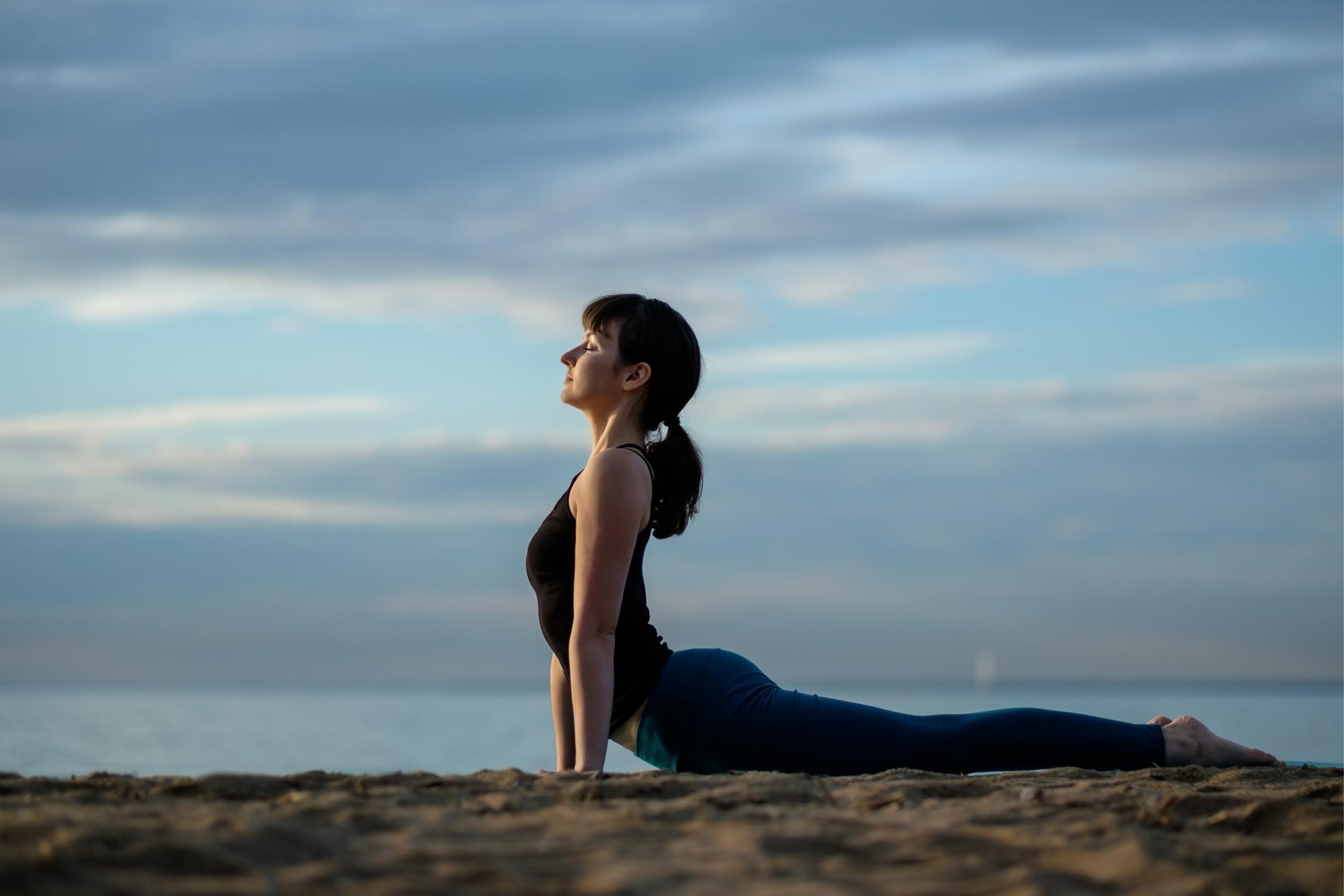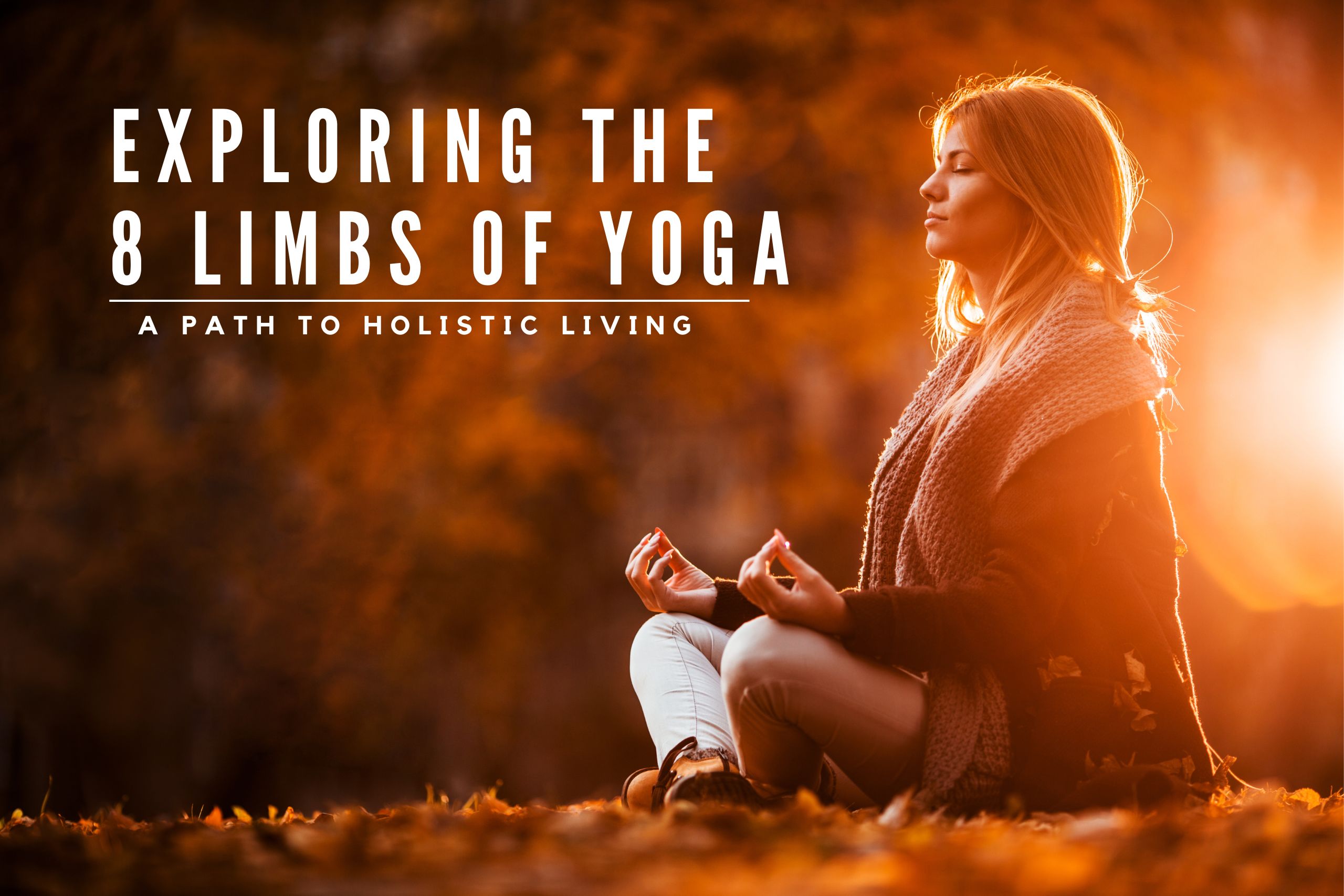How To Do Bhastrika Pranayama Correctly
Table of Contents
- 1. How To Do Bhastrika Pranayama
- 2. Steps To Do Bhastrika Pranayama
- 2.1. Technique 1: Preparation
- 2.1.1. Technique 2: Alternate Nostrils
- 3. Bandhas Or Locks For Bhastrika
- 4. Precautions
- 5. Benefits of Bhastrika Pranayama
Yoga is characterized as the cessation of mental whirlwinds. Pranayama is the fourth limb among the eight limbs of yoga. The term pranayama means control (ayama) and prana (vital energy) in Sanskrit. The practice consists of a set of deliberate, regulated breathing exercises that adjust the frequency of breathing, as well as inhalation (Puraka), retention (Kumbhaka), exhalation (Rechaka), and body locks (bandhas). Bhastrika pranayama, or bellows breathing, is one of the simplest breathing techniques. In the past, blacksmiths used an object called a bellow to blast air over fires. Breathing exercises like Bhastrika pranayama are similar to that of a bellow to produce heat.
Yoga offers several methods of fueling the flames, all directed at the navel core. Bhastrika generates heat in the body by drawing air in and out of the lungs through the action of the abdominal muscles and diaphragm, toning the liver, spleen, stomach, and pancreas, and increasing digestive capacity.
How To Do Bhastrika Pranayama
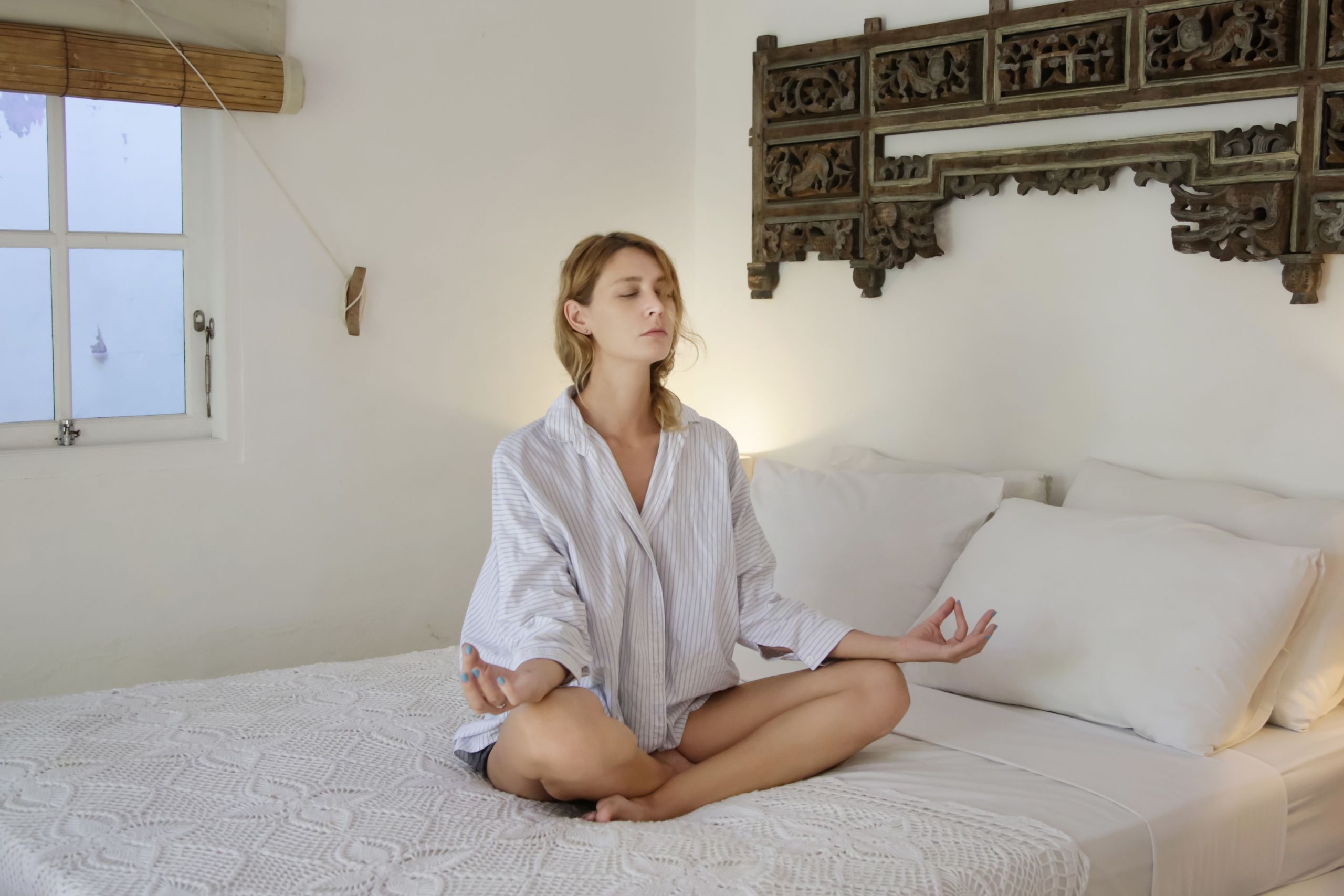
During the initial fast breathing of the Bhastrika Pranayama, equal focus should be placed on the inhalation and exhalation. Use your diaphragm to move your abdomen like a bellow. You should be breathing quickly—roughly 150 breaths per minute. Breathe somewhat deeply, but avoid taking full breaths since this will slow you down. Rather, utilize around 70% of your lung capacity.
Bhastrika pranayama involves breathing in and out repeatedly. Begin at a leisurely pace, one breath per second, and restrict yourself to three rounds of seven to ten breaths, pausing in between each round to take a series of calm breaths. Work your way up to two breaths per second and 120 breaths each round when you can breathe faster without sacrificing the power or evenness of your breathing. Your energy, and general well-being will all rise as you proceed. The yogis claim that control over the body's energy flow may be attained via consistent Bhastrika practice.
Steps To Do Bhastrika Pranayama
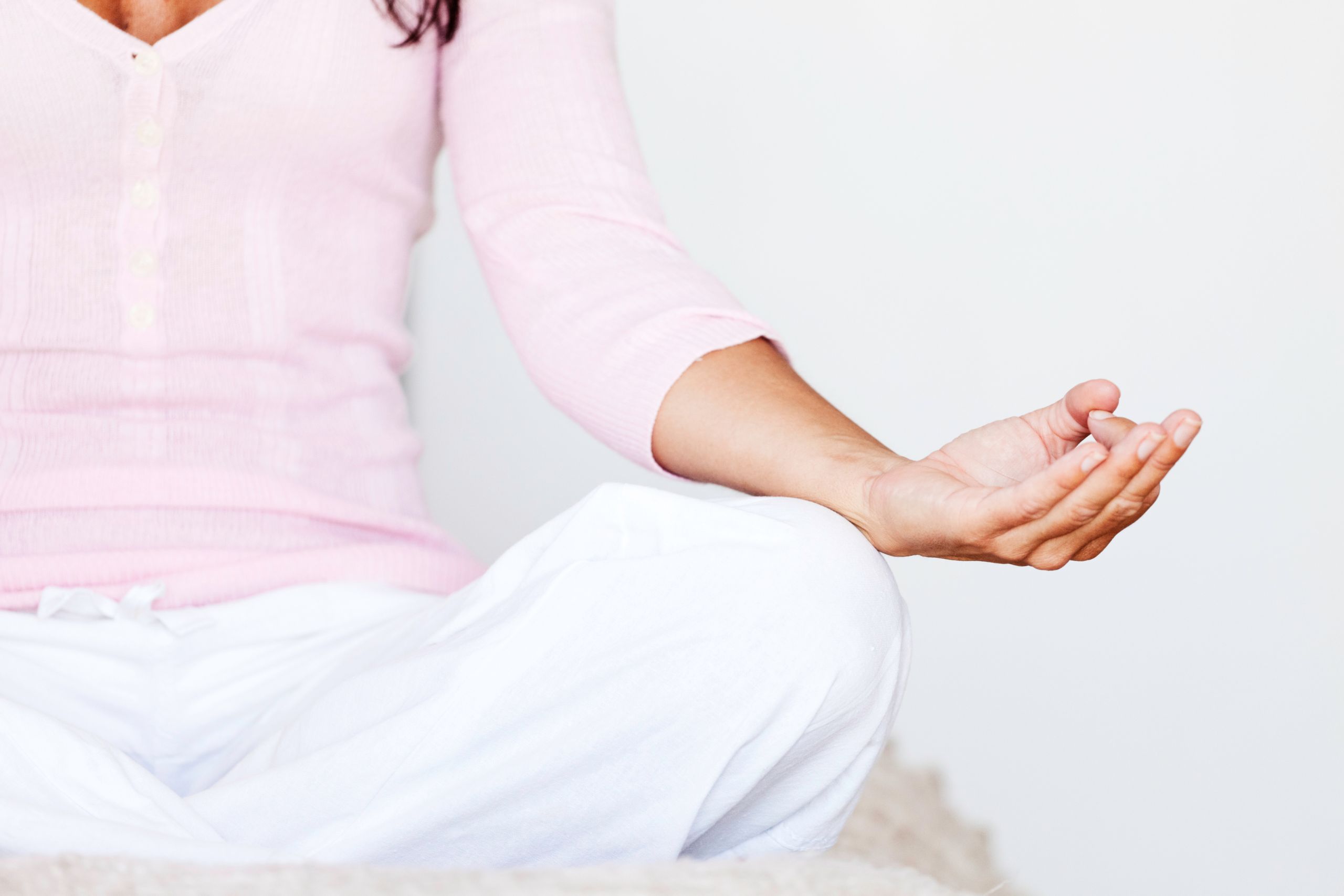
Technique 1: Preparation
-
Sit in a comfortable sitting posture or Vajrasana
-
Clench your hands into a fist and bring your arms close to the shoulders
-
Take a deep breath, lift your hands to the sky, and spread your fists.
-
Close your fists, pull your arms down to your shoulders, and exhale a little strongly.
-
Exhalation will lead to a full contraction of the abdominal muscles, and contraction of the abdominal muscles causes a forceful inhale.
-
Perform 10 rounds.
-
Pause and relax.
-
Repeat for two more rounds
Technique 2: Alternate Nostrils
-
Using the thumb, close the right nostril.
-
Breathe forcefully in and out via your left nostril ten times, without straining. Notice a hissing sound in the nose.
-
The abdomen should expand and contract rhythmically with the breath.
-
After 10 breaths, take a deep breath in and breathe out through the left nostril.
-
Now close the left nostril and repeat the same process.
Also read: Meditation for Sleep
Bandhas Or Locks For Bhastrika
For the advanced practice of Bhastrika Pranayama, one may perform the root lock (mula bandha) and the chin lock (Jalandhara bandha) after breath retention. To perform the locks sit in a meditation posture. The simplest pose to perform is Sukhasana, although padmasana and Siddhasana are also quite beneficial. The chin-lock is executed by first bending forward on your arms. Maintain a straight-arm posture and place your hands on your knees. Then, lift your shoulders and incline your head forward until your chin rests against your chest.
Because it's a comfortable posture to hold your breath, the chin-lock is performed. The sexual organs, anus, and the perineum constrict to form the root lock. Its function is to raise prana, or subtle energy, upward.
Precautions
Practice this exercise on an empty stomach. Because Bhastrika raises intra-abdominal pressure, it may not be suitable for people with ulcers, hernias, chronic constipation, intestinal disorders, heart disease, vertigo, or high blood pressure, or for women who are menstruating or pregnant. It is recommended to practice the Bhastrika Pranayama under the guidance of experts in case of serious conditions.
Benefits of Bhastrika Pranayama
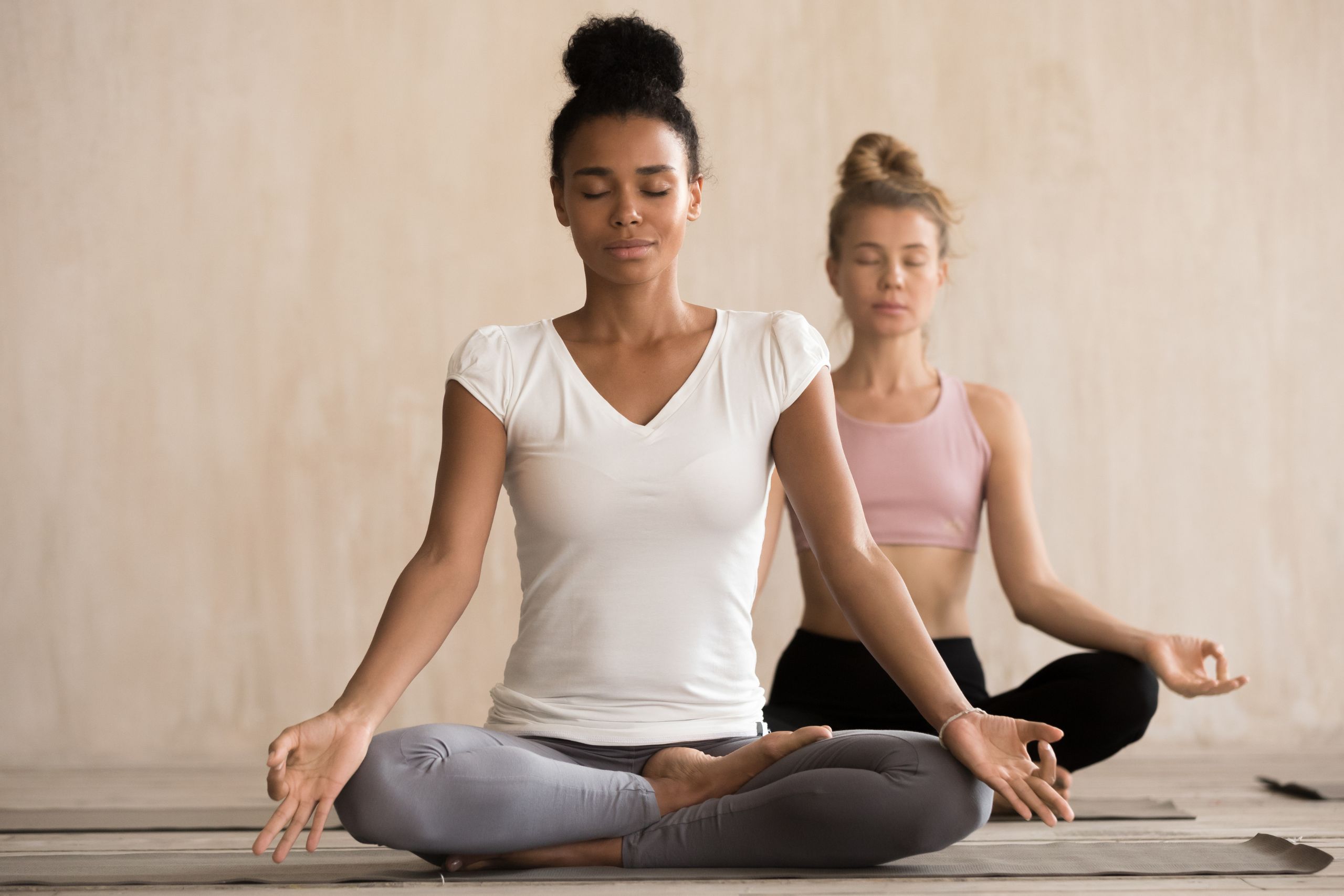
-
Bhastrika pranayama aids in anxiety management. The practice may also reduce tension and promote mental calmness.
-
It lowers high blood pressure.
-
Regular practice of Bhastrika pranayama may improve cardiovascular rhythms and improve heart health.
-
It also activates the autonomic nervous system which promotes synchronised neurological processes and mental stability.
-
Performing this pranayama may promote digestive processes which can help lower body weight, and hip and waist circumferences.
-
This breathing technique helps to relax the muscles in the chest, expand the lungs, and improve respiratory stamina.
-
Consistently performing Bhastrika praṇ̄ayāma may improve lung function.
-
Asthma causes the airway to become resistant, which makes it difficult for air to enter and exit smoothly. By widening the tiny airways of the lungs, Bhastrika pranayama may increase lung capacity.
-
The respiratory pathway from the nose to the throat is cleansed by it. It may prevent mucous production and congestion in the nose.
